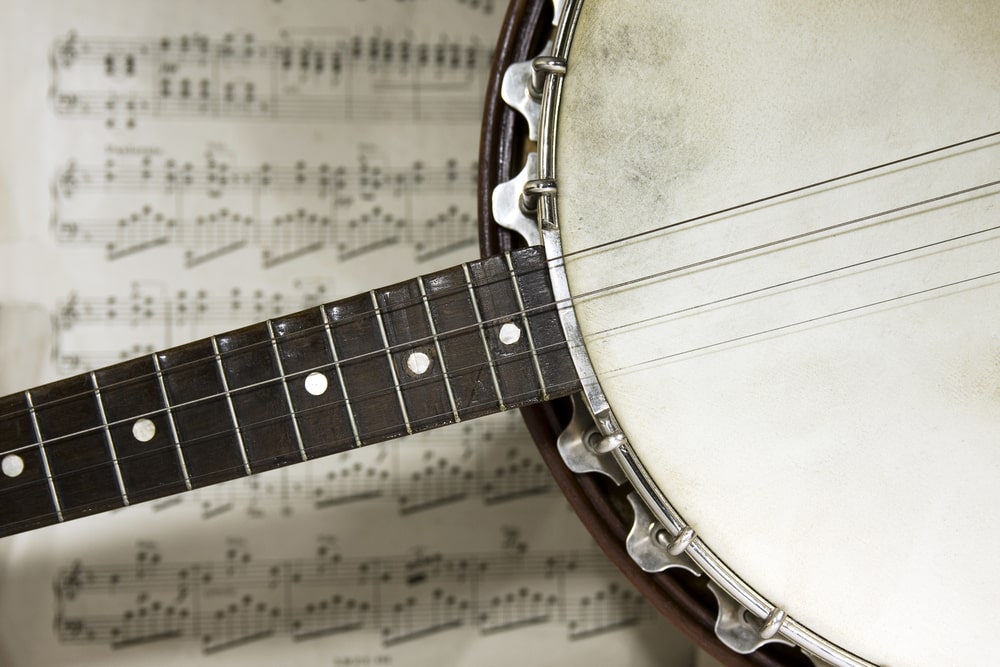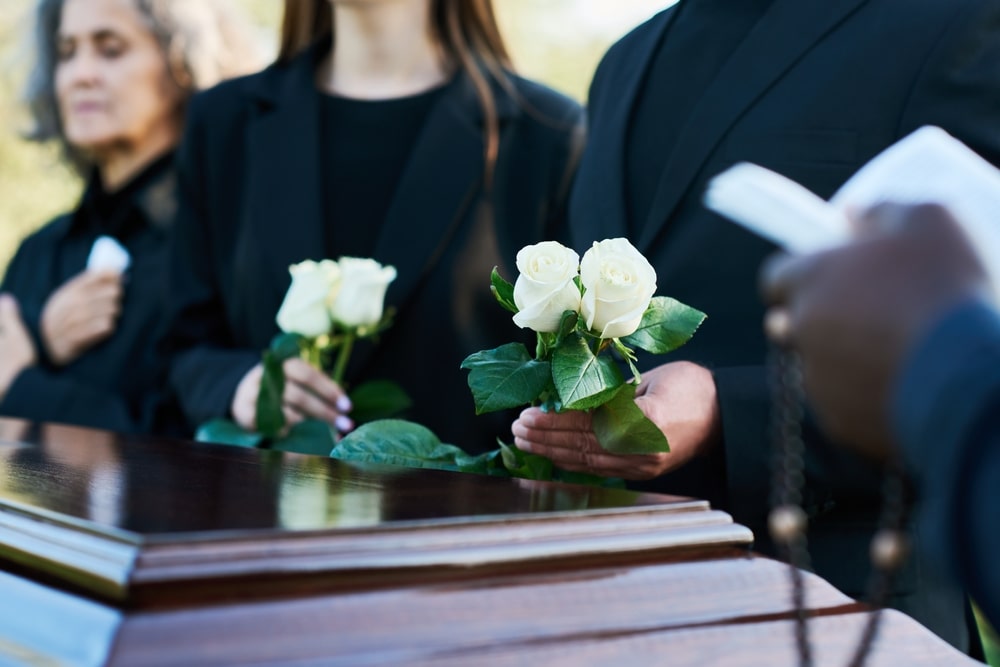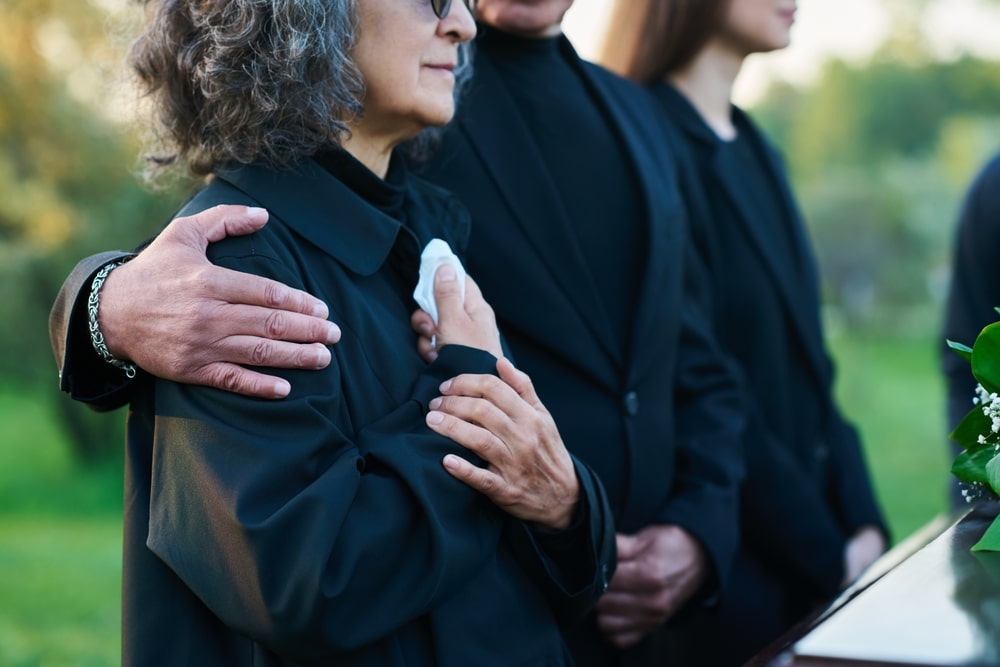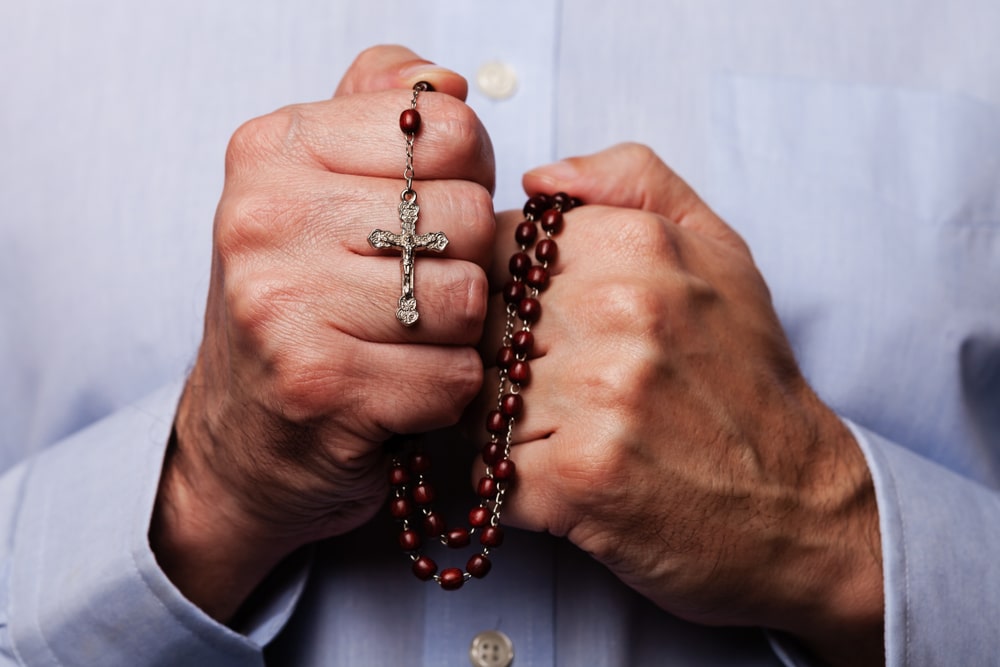
For many years, every funeral was pretty much the same – copy & paste – but times are changing! Today, most families and funeral homes are moving away from cookie-cutter funerals and toward personalization and modernization. What does that mean? It means that you have more options and more opportunities to honor a loved one’s life in a truly meaningful way.
To give you a glimpse into the possibilities, let’s discuss 5 things you didn’t know you could do for a funeral.
1. Choose Your Venue

Traditionally, funerals have taken place at the funeral home or in a place of worship. While you can still have the funeral at either of these places, you have even more options now. Funerals are now taking place at parks, local businesses, beaches, barns, golf courses, and many other places. If you prefer to have the service at the funeral home, do it! And if you’d rather choose a different venue entirely, talk with the funeral director about the possibilities in your area.
2. Combine Traditional Elements with Cremation

Cremation has been considered the quick and easy option for a while. But really, there are a lot more choices than you’d think! You can still have the convenience of cremation while keeping traditional service elements. For example, you can have a service with the body present by using a rental casket (more info here). Then, after the service, the body is transported to the crematory instead of the cemetery. To learn more about your options, speak with a funeral director.
3. Add Customized Personalization

When you’re saying goodbye to someone you love, it’s important to say it in a personal and meaningful way. That’s why families and funeral homes are moving toward customizing funeral and memorial services. No two people are the same, so it makes sense that the final tribute to a life lived should also be unique. But what can you do to personalize a service?
There are so many options, but here are a few to get you thinking:
- Place a loved one’s ashes in cremation jewelry or have them pressed into a diamond
- Use a horse-drawn carriage, a motorcycle, or even a fire engine to escort the casket to the cemetery
- Include personal items at the service, like paintings, books, photos, crocheted items, or woodworking projects
- Ask guests to wear a specific color or to follow a theme based on the deceased’s interests
- Cater food from a favorite restaurant or include favorite homemade dishes
- Play the deceased’s favorite music (no matter the genre)
While the funeral director is there to guide you in planning a loved one’s final tribute, you make the decisions. Don’t be afraid to put your ideas out there and see what’s possible.
4. Livestream the Service

With families often living far apart these days, there’s a greater need to use technology to bring families together. Today, many funeral homes offer livestreaming to the families they serve, which allows more people to attend the service than might have otherwise been possible. Whether friends and family live too far away, are sick, can’t get out of work, or something else, livestreaming allows people near and far to participate in a loved one’s final goodbye.
5. Plan the Funeral Online

Did you know that it’s possible to plan a funeral online? It is! There are now services available that allow you to plan and pay for a funeral entirely online. You simply create an account, review the funeral home’s options, and make your selections. These tools are not widely used at this time, but the technology does exist and is likely to grow in use in the coming years. Maybe someday it will come to a funeral home near you!
As with any profession, funeral care continues to grow and change based on the needs of people – your needs. If you have feedback to offer a funeral home, don’t hesitate to drop a comment card or send an email. And if you had a stellar experience, leave a review on Google.
In the years to come, even more new things will change within the funeral industry. But one thing will remain the same – their commitment to providing you with kind, compassionate, and knowledgeable service during a time of grief and loss. You can count on it!



































